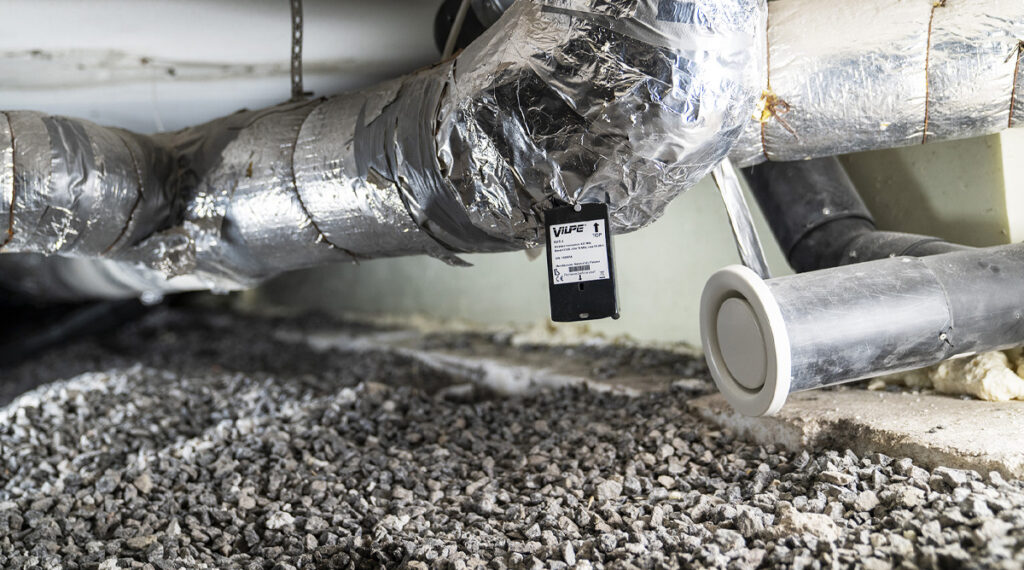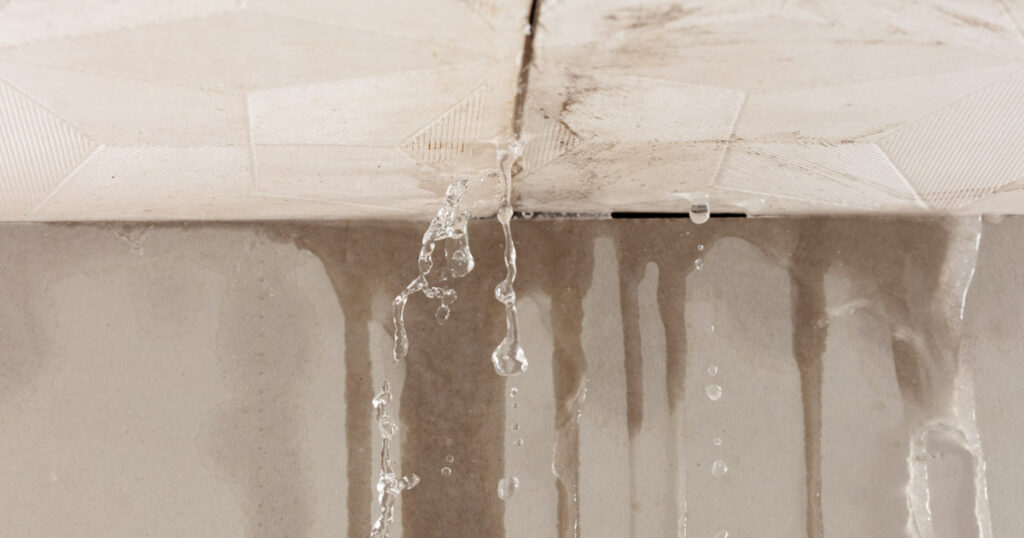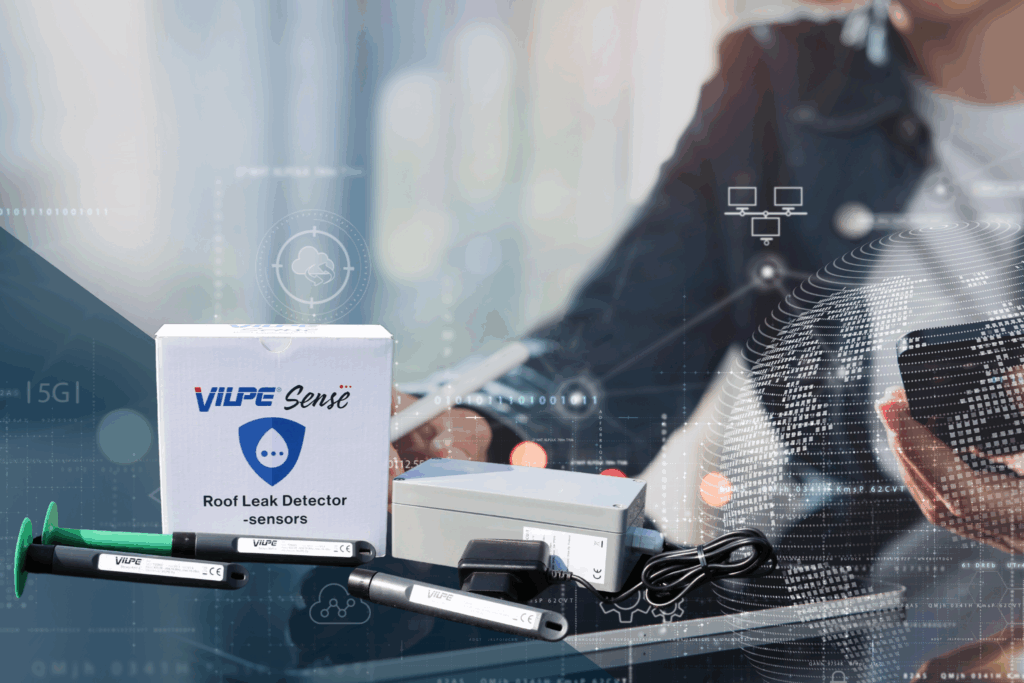Smart roof and its benefits

What is a smart roof?
A smart roof is a roof that has independent functions. The operation of a smart roof is controlled and monitored by an algorithm. For example, a it can monitor the humidity of roof structures to adjust their ventilation as required. This means that the building owner does not have to adjust the ventilation, which is automatically controlled by IoT technology.
How does it work?

The operation of a smart roof depends on its purpose. The example here is a roof designed to ventilate its structures as necessary to prevent damage resulting from humidity.
First of all, the roof has sensors. These measure the humidity of both the air outside and in the structures. Secondly, the system requires a roof fan with an automatic control unit. When the sensors detect elevated humidity levels, the control unit transmits the sensor data to the roof fan. As a result, the roof fan adjusts to the optimal level.
Benefits
A smart roof monitors and controls roof conditions at all times, detecting any problems as they occur and allowing them to be addressed as quickly as possible. There is no need to monitor the condition of the roof through occasional inspections as the sensors continuously record the relevant data. The user does not even need to actively monitor the data. Instead, the user receives a notification when predefined limit values (e.g., for the humidity level) have been exceeded.
The smart roof can optimise the ventilation of the structures according to the conditions. This can be done using the VILPE Sense system, for example. Proper ventilation of the structures prevents humidity damage. Learn more about VILPE’s efforts in making buildings more intelligent here.
Construction – how to make a smart roof?

These kind of roofs can be constructed for both new buildings and as renovation projects. It can be built like an ordinary roof: the only difference is the addition of smart devices.
Sensors and a roof fan with a control unit are installed on the roof for the Sense system. Modification of the roof structures is not necessary and no deviations from building regulations are required. The Sense system is added to existing structures. For example, the Alipai underpressure air vent is replaced with a roof fan. You can also install more sensors on the roof to monitor a larger roof area more closely.
Flat roofs may have ventilation grooves in the roof structures. On a steep roof, a pass-through can be made in the roof for underpressure vents if one does not already exist.
What kinds of buildings is a smart roof good for?
A smart roof with the VILPE Sense system is suitable for practically all kinds of buildings. You can install it in industrial buildings, public buildings, detached or terraced houses, and in apartment buildings.
VILPE Sense is suitable for all roof types. The only requirement is a roof structure that allows ventilation. Roofs may have ventilation grooves, under-pressure vents, or some other way to supply replacement air.
Interested in VILPE Sense? Read more at vilpe.com/sense.



